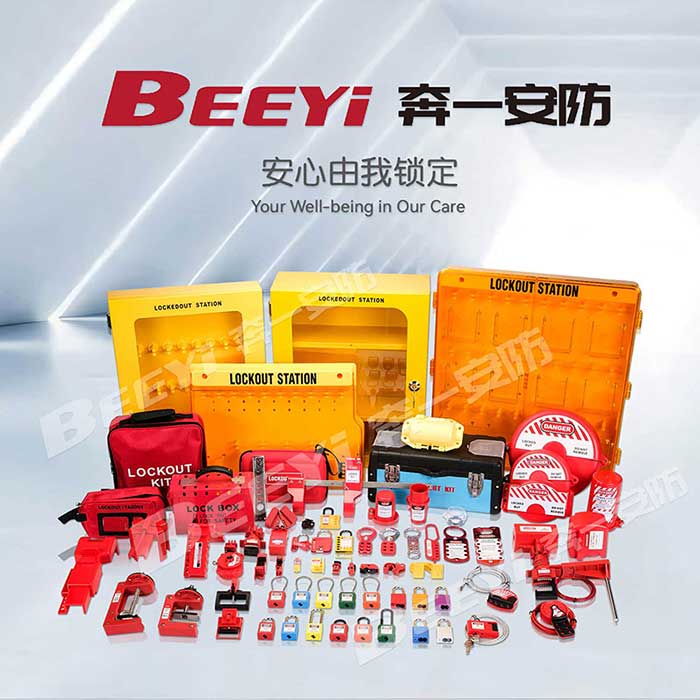lockout hasps installation guide: a step-by-step approach to ensuring workplace safety
Release time:2025-11-12 17:37:36
Lockout Hasps are essential safety devices used in industrial settings to prevent accidental equipment start-up during maintenance or repair. These devices play a critical role in safeguarding employees by ensuring that only authorized personnel can operate or unlock machinery. Proper installation and usage of Lockout Hasps are crucial for maintaining a safe work environment, especially in high-risk industries such as manufacturing, construction, and utilities. This guide will walk you through the installation process of Lockout Hasps, providing a clear and concise approach to ensure maximum safety and compliance with industry regulations.

What is a Lockout Hasps?
A Lockout Hasp is a mechanical device that allows multiple locks to be placed on a single piece of equipment or machinery. It prevents unauthorized operation by securely locking down switches, valves, or other critical points, ensuring that machinery cannot be powered on while maintenance or repairs are being conducted. Lockout Hasps are widely used as part of a Lockout/Tagout (LOTO) safety protocol to control hazardous energy during maintenance activities.
Step 1: Choose the Right Lockout Hasp
Selecting the appropriate Lockout Hasp for your specific equipment is the first step in the installation process. Lockout Hasps come in various sizes, materials, and configurations, depending on the nature of the equipment and the number of workers involved in maintenance. The most common types are:

